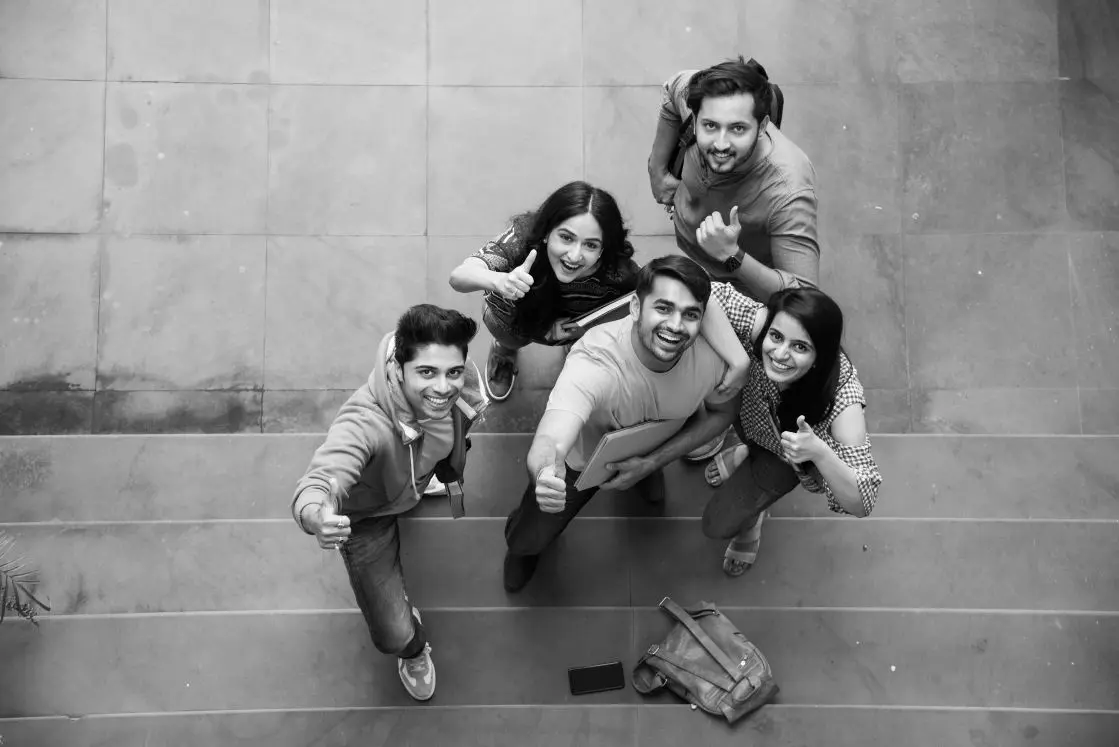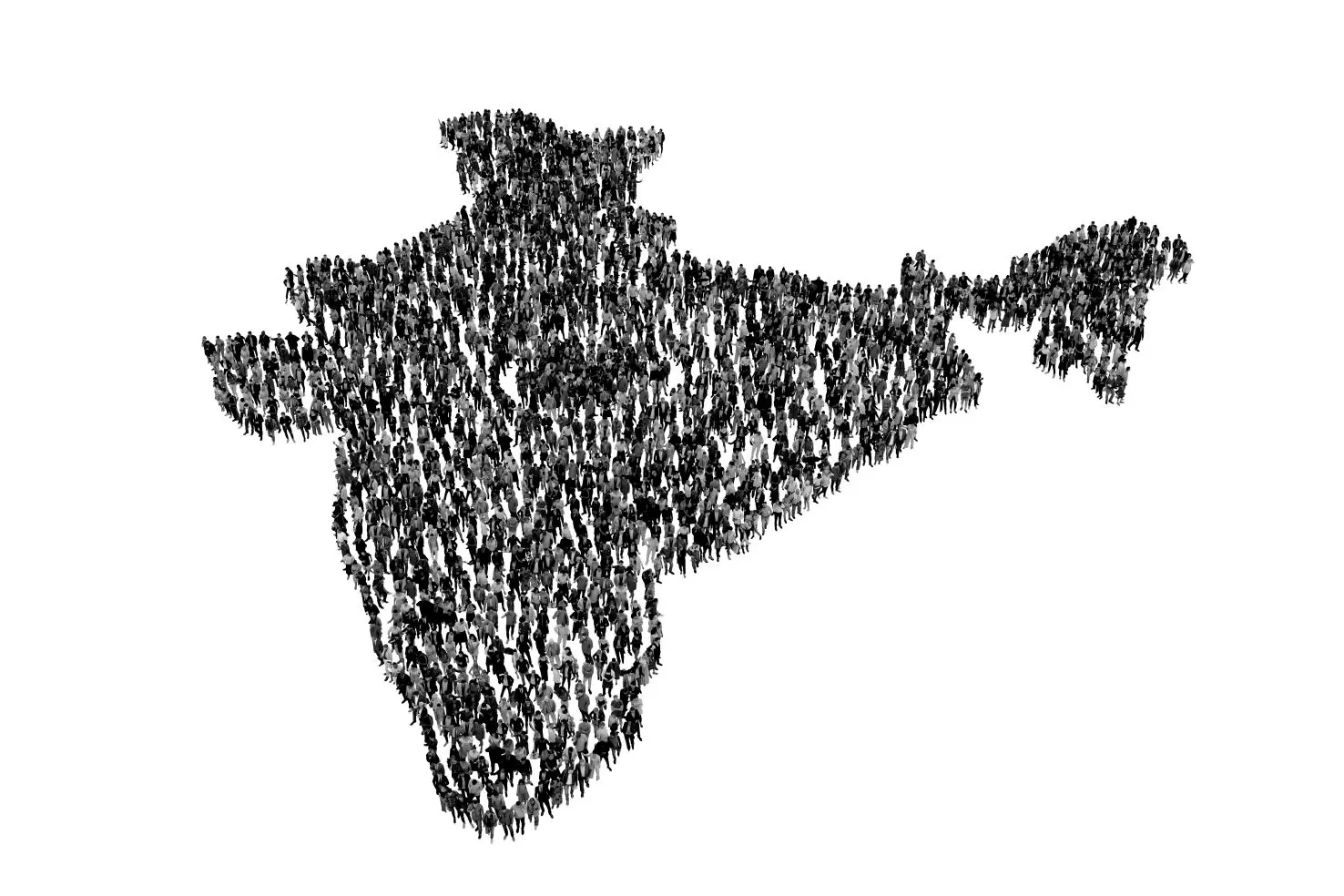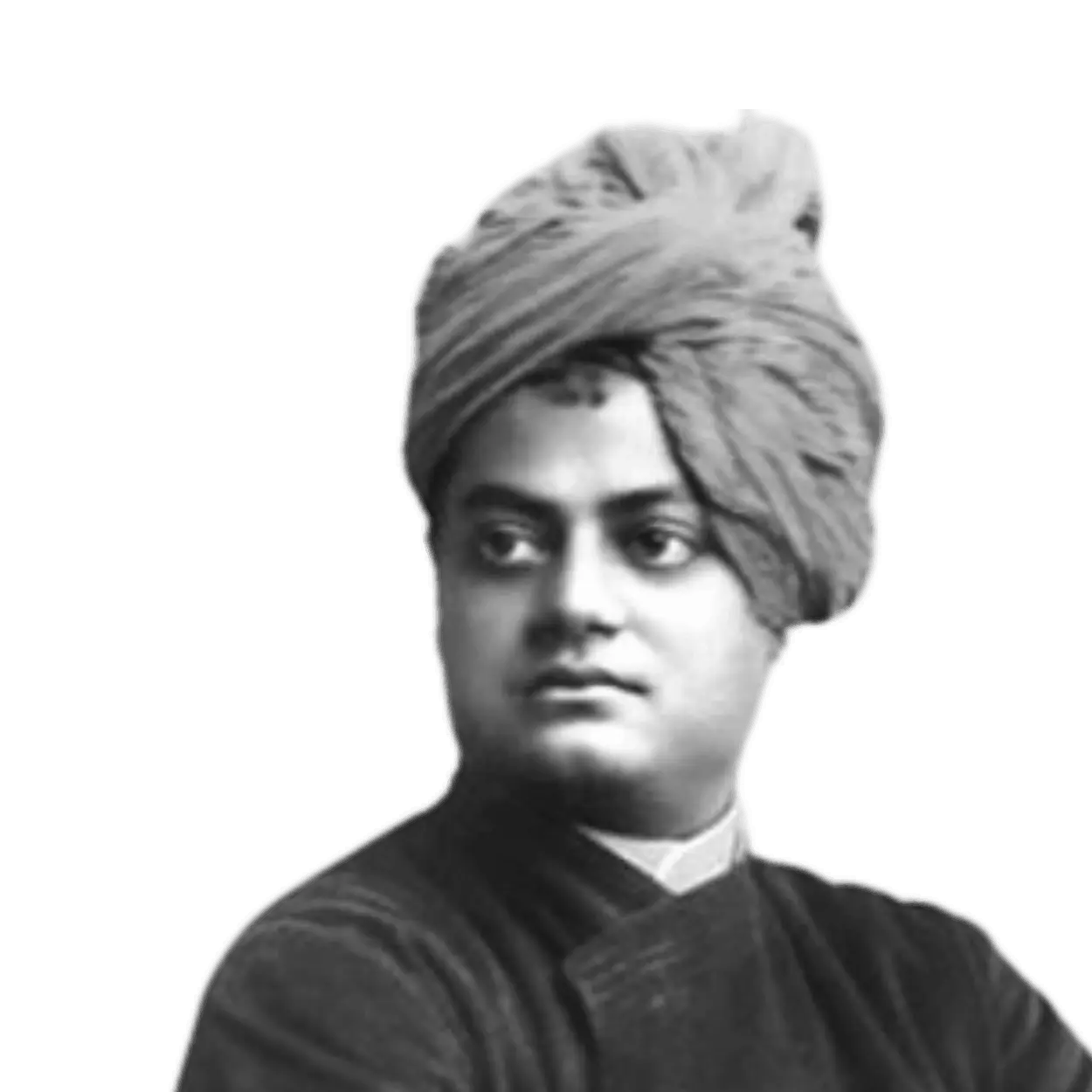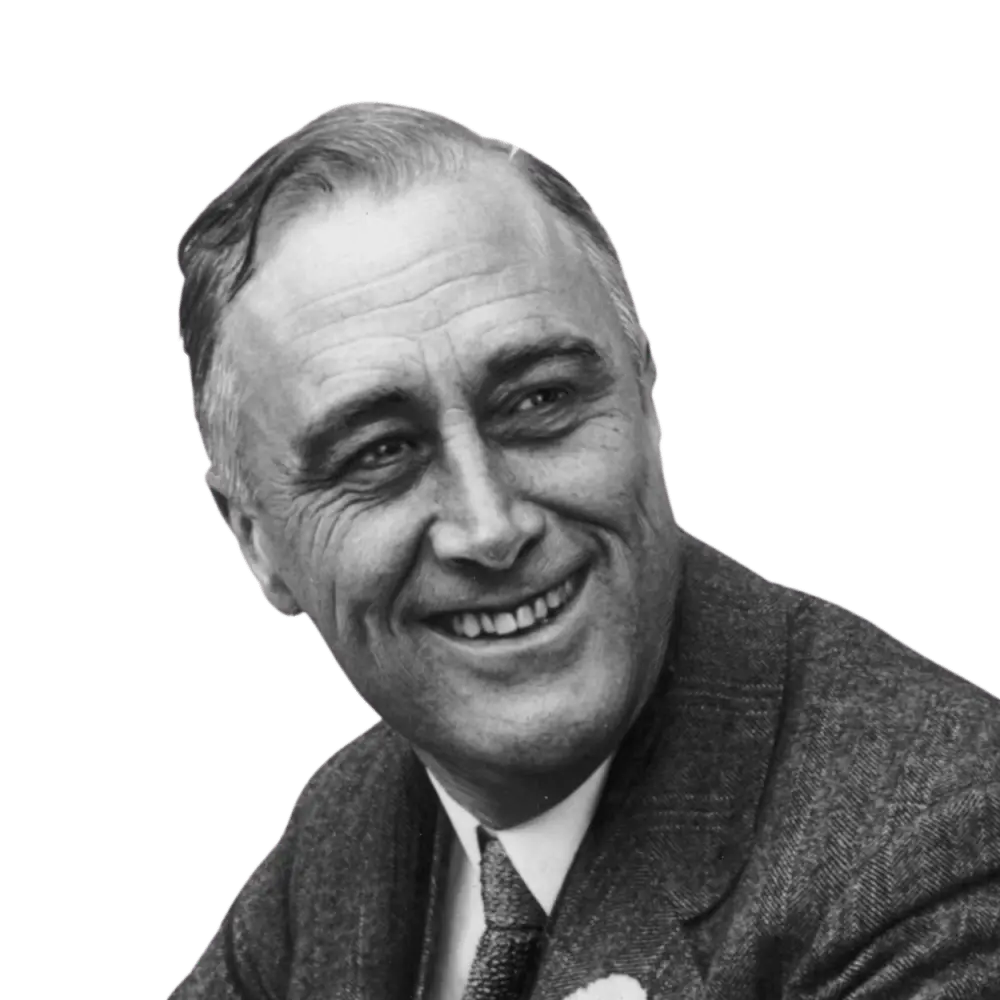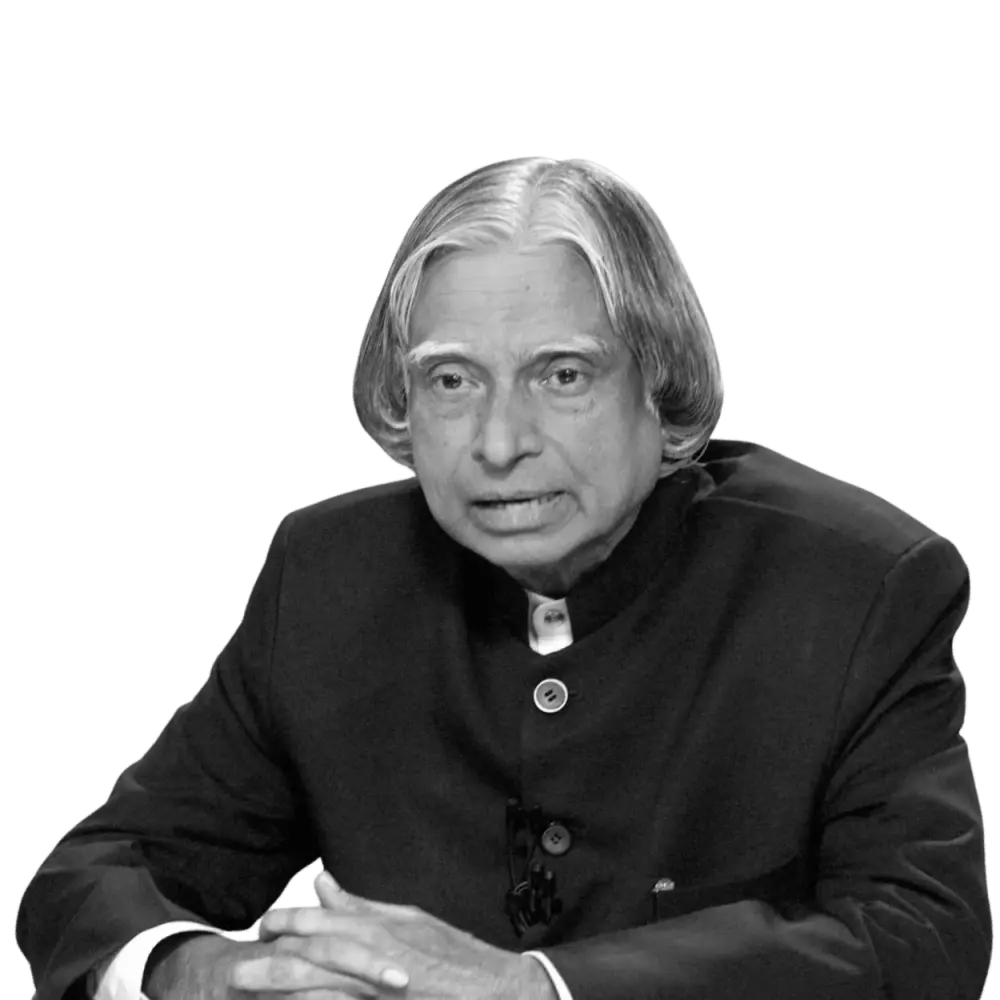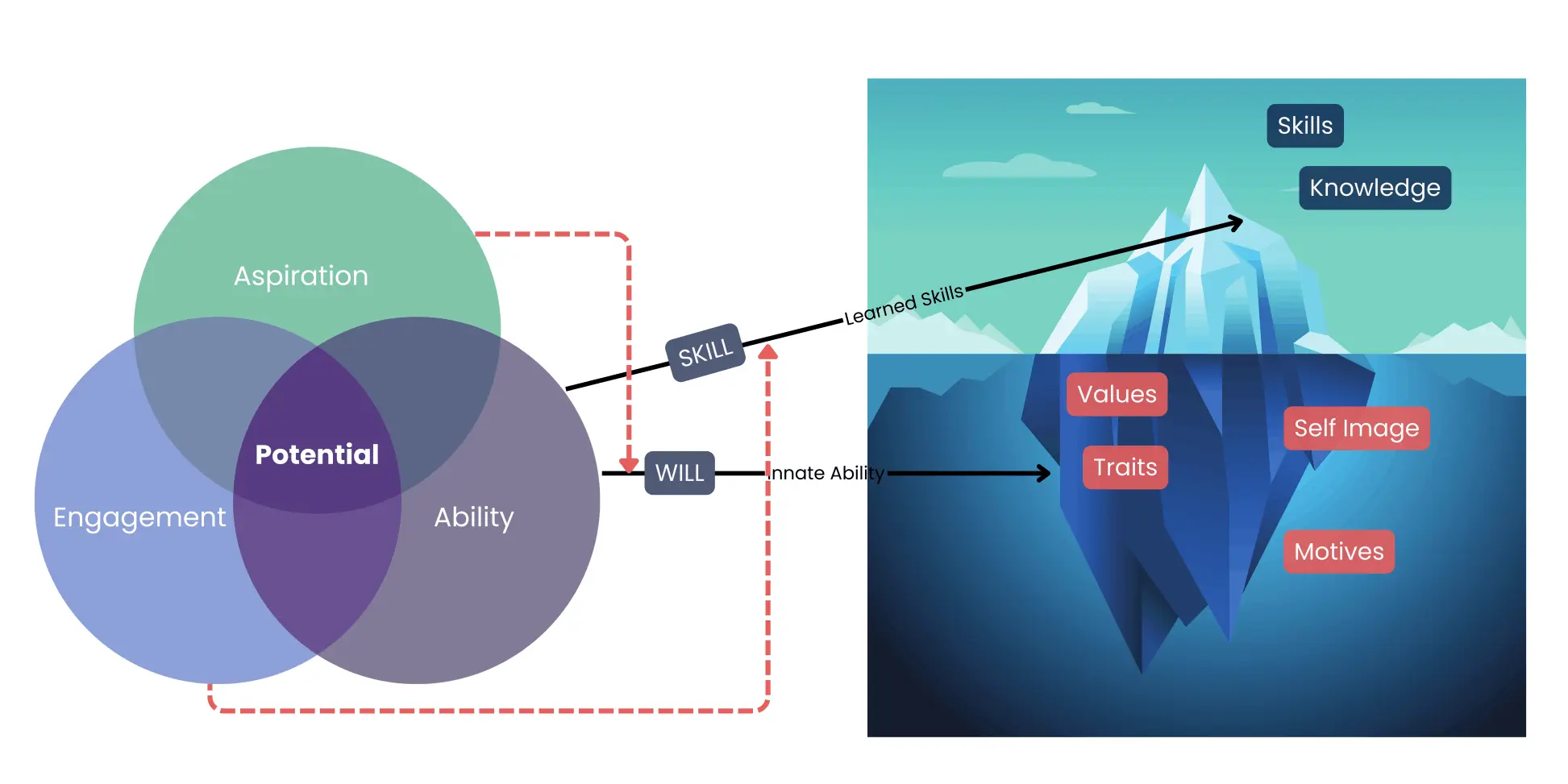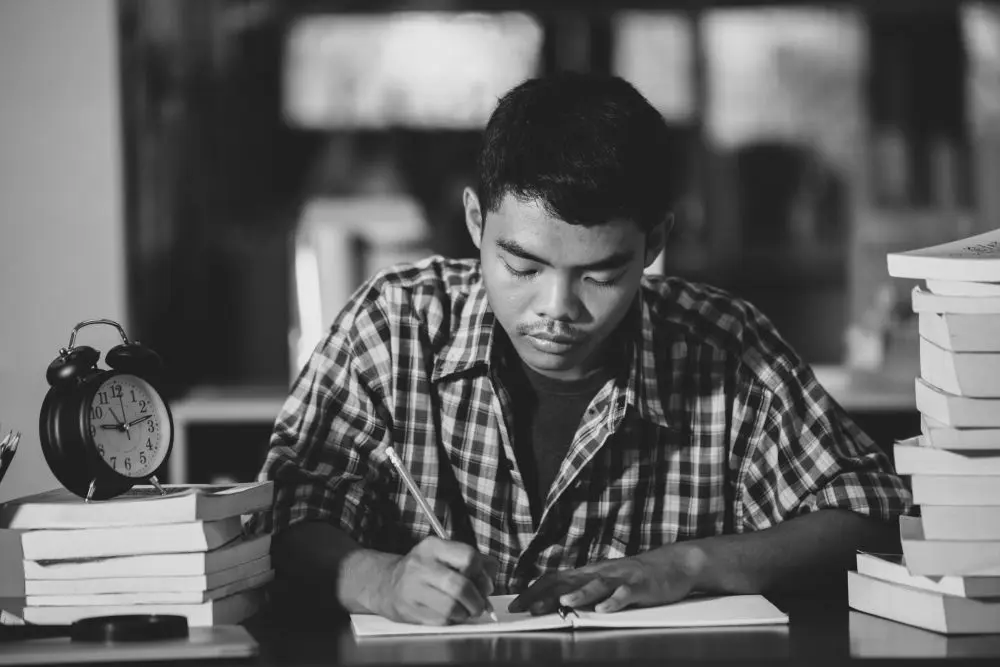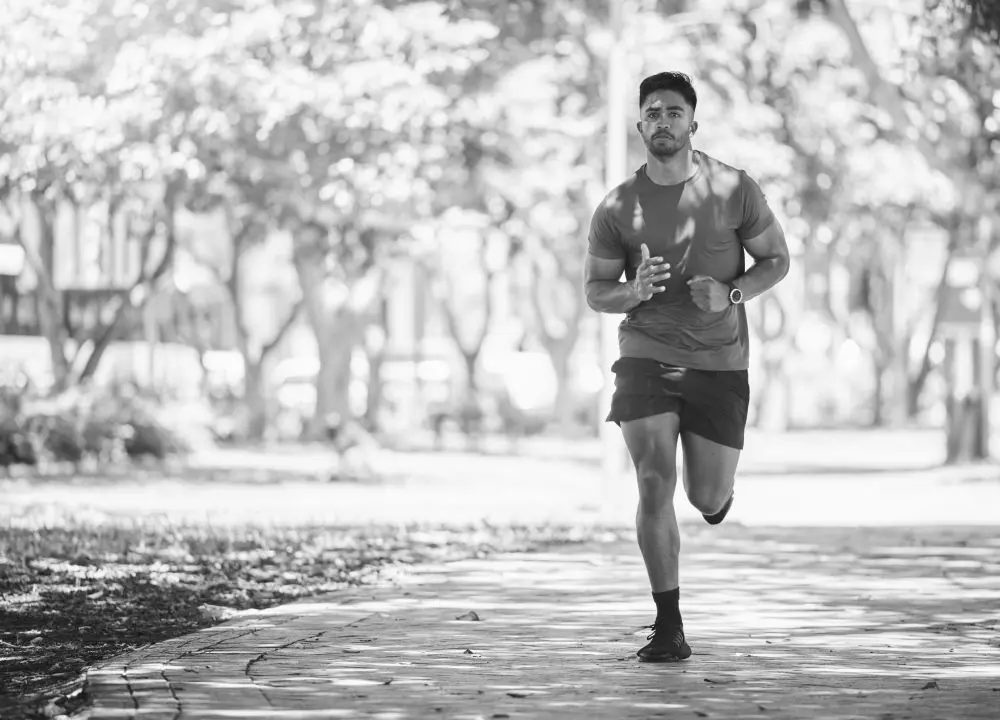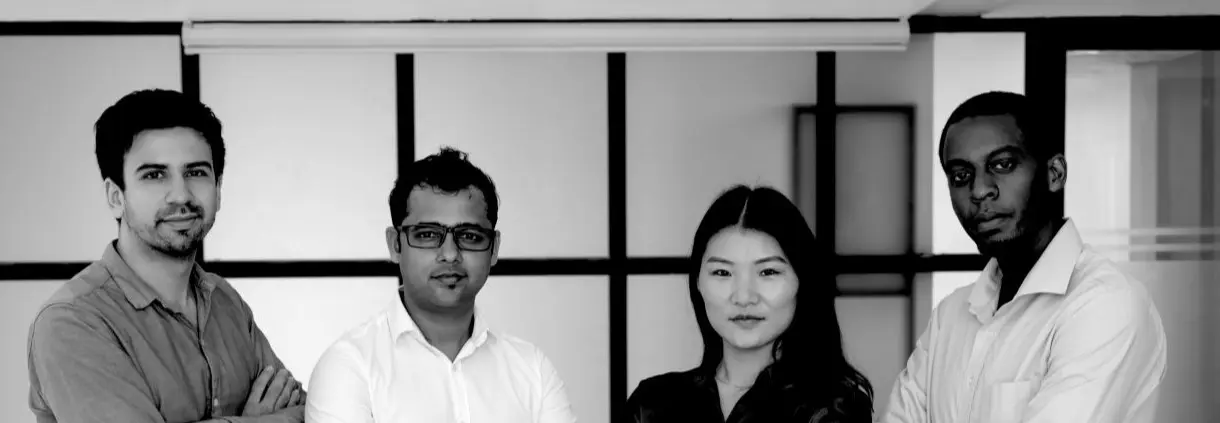Ability is a combination of the innate ability and learned skills that a person uses to carry out his/her day-to-day work (Council, 2011). Ability is also expressed as ‘competency’. Competency is a fairly deep and enduring part of the personality and can predict behaviour in a wide variety of situations and job tasks (Spencer 1993).
Underneath the role, profession, appearance, or observable talents are signature strength; the character traits and values most central to who we are (Ulrich & Ulrich, 2010). The three factors of Innate ability are motive, traits and self-concept.
Motive: Motive is something a person consistently thinks about and causes action. Motives lead to positive behaviour towards certain actions or goals and away from others. People are driven by three types of motivational needs – achievement motivation, authority/power motivation, and affiliation motivation. (McClelland 1961). For example, achievement motivated people consistently set challenging goals for themselves, take personal responsibility for accomplishing them, and use feedback to do better (Spencer 1993).
Traits: They are physical characteristics and consistent responses to situations or information. For example, reaction time and good eyesight are physical trait competencies of combat pilots. Similarly, to take part in a marathon race and win, one needs stamina, whereas to take part and win in a 100 m running race, a person needs ‘speed’ or ‘sprint’.
Self-Concept: This is a person’s attitude, values or self-image. For example, self-confidence, a person’s belief that he or she can be effective in almost any situation is part of that person’s concept of self. Learned skills include knowledge and skills in one’s functional areas (Council, 2011).
Knowledge: This is the information a person possesses in specific content areas. For example, a surgeon’s knowledge is specific to his domain. Good scores on knowledge alone fails to predict the work performance because it may not be adequate to perform work in a real-life situation.
Skill: This is the ability to perform a certain physical or mental task. For example, a dentist’s physical skills to fill a tooth without damaging the nerve; a computer programmer’s ability to organize 50,000 lines of code in logical order.
Knowledge and skill competencies tend to be visible, and are relatively surface characteristics of people that are relatively easy to assess and developed through education and training. Core motive and trait competencies at the core of the personality are more difficult to assess and develop, and they are equivalent to innate ability of potential. Hence, organizations should assess motives and trait competencies as the basis for selection and teach or learn the knowledge and skills required to do specific jobs (Spencer 1993).
